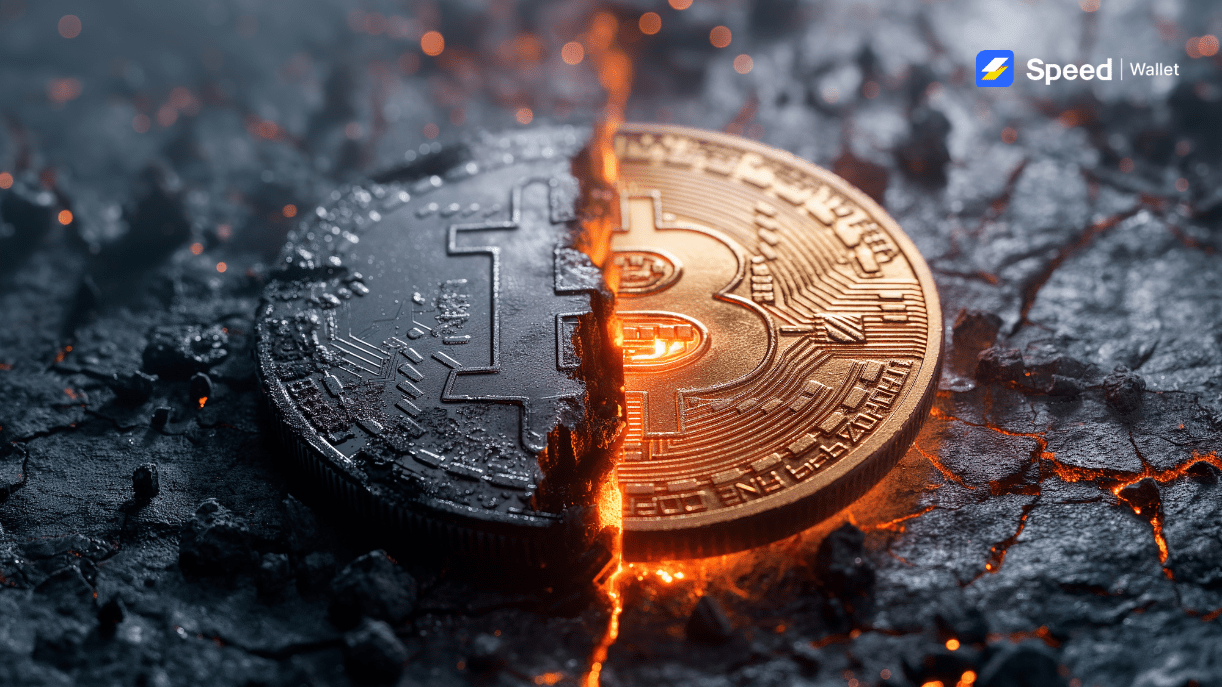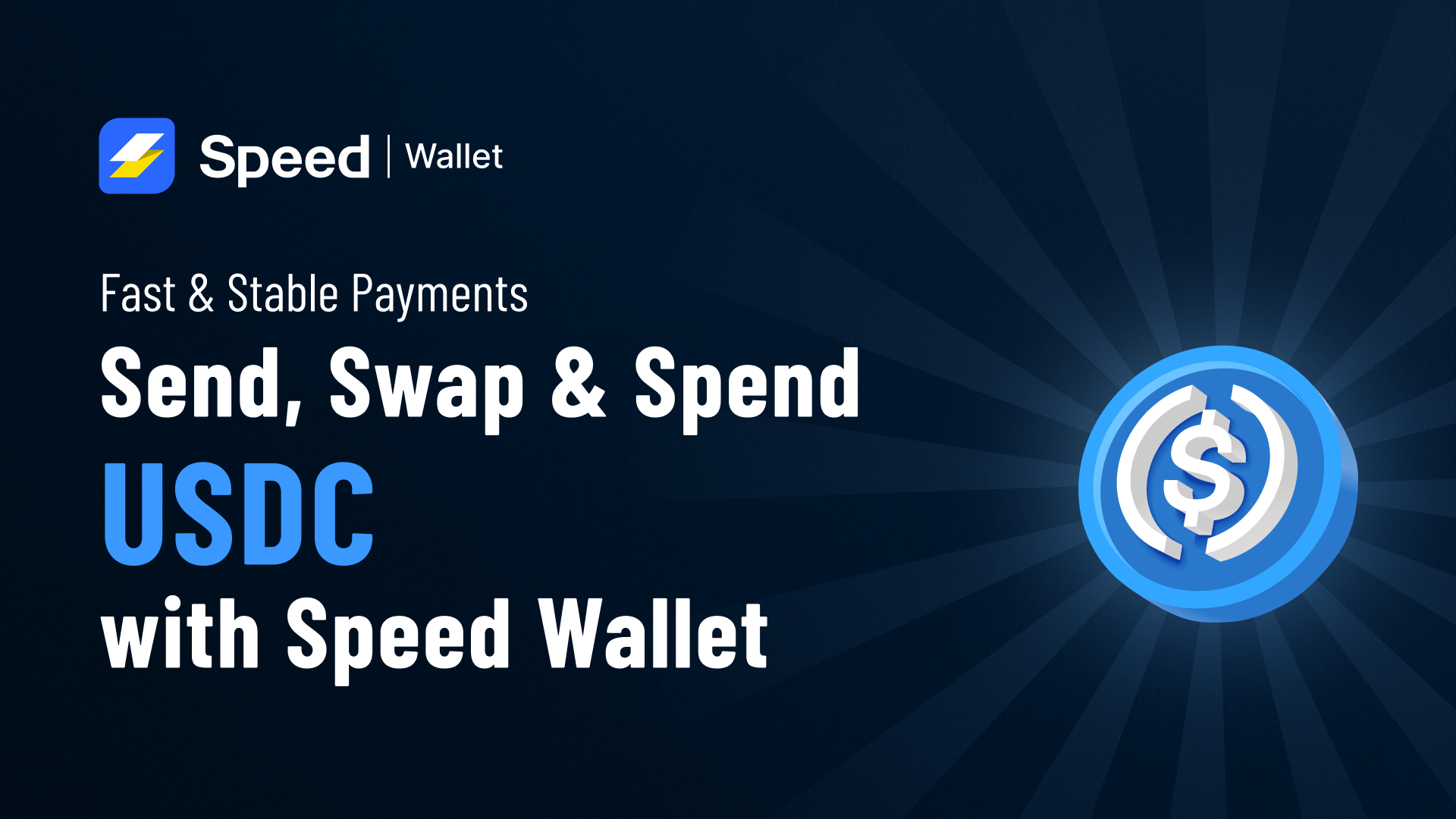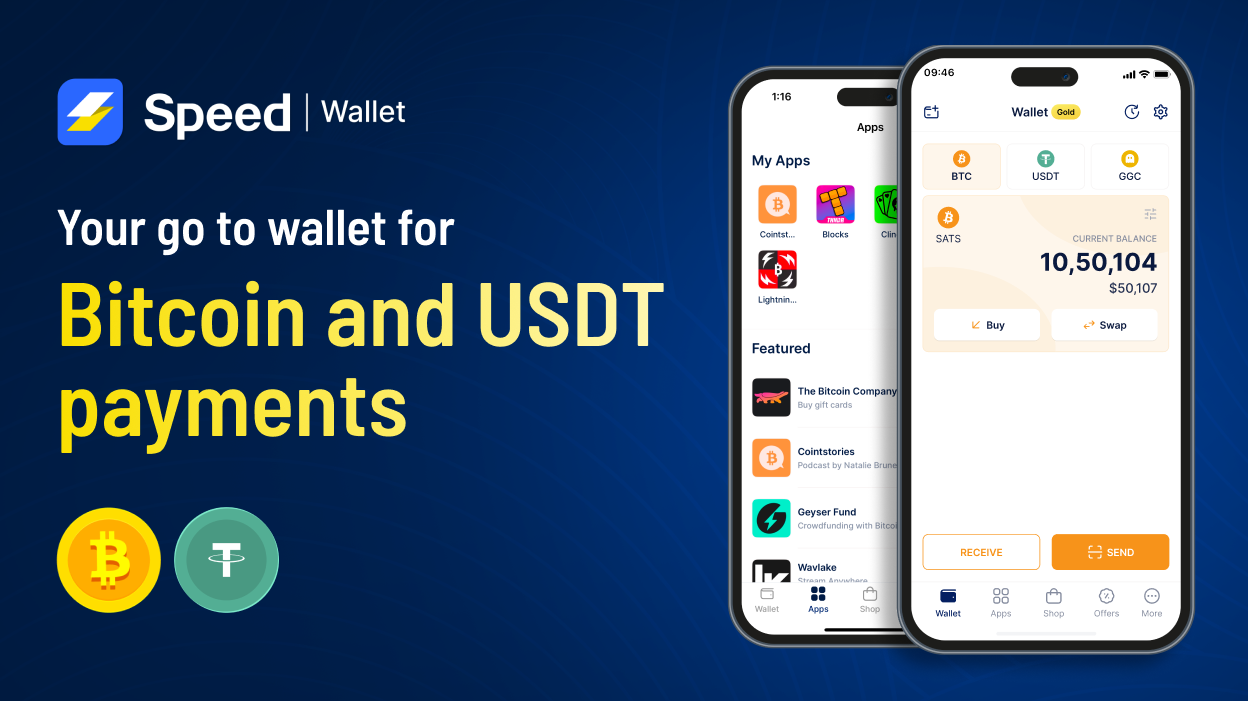Previous Story

Table of contents
- Genesis: The Creator of Bitcoin
- Satoshi Nakamoto: A Mysterious Figure
- The White Paper: Bitcoin's Foundational Document
- The Philosophy Behind Bitcoin's Creation
- The Process of Creating Bitcoin
- What is Mining
- Proof of Work (PoW): Bitcoin's Consensus Mechanism
- The Economic Incentives of Mining
- Mining Includes the Following Steps
- Challenges and Controversies in Bitcoin Mining
- • Environmental Concerns
- • Centralization in Mining Pools
- • Regulatory Challenges








